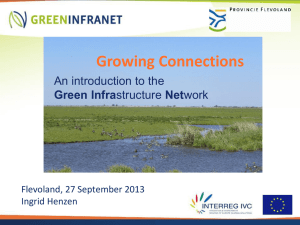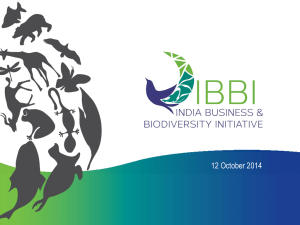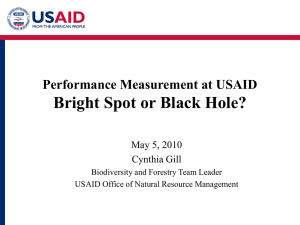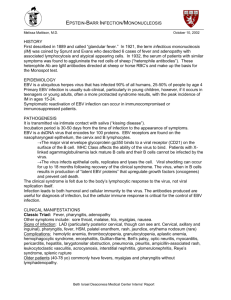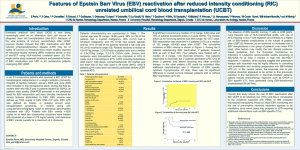Essential Biodiversity Variables for Global Earth Observation
advertisement
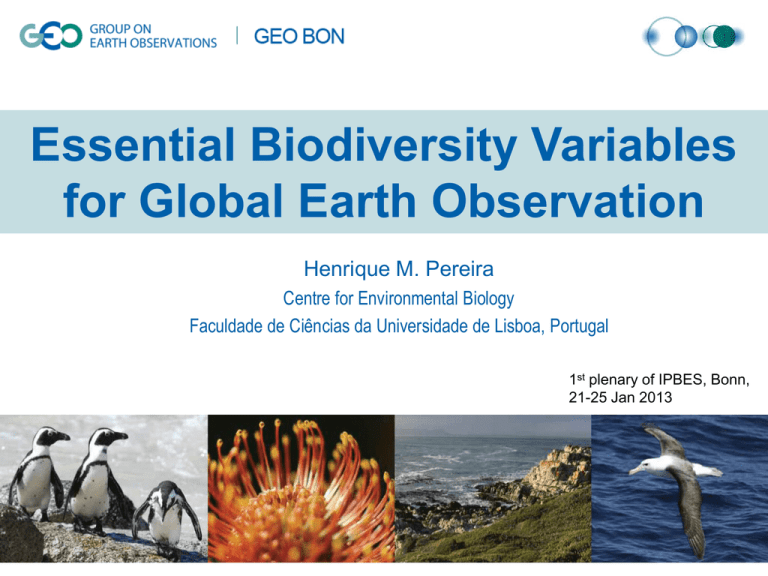
Essential Biodiversity Variables for Global Earth Observation Henrique M. Pereira Centre for Environmental Biology Faculdade de Ciências da Universidade de Lisboa, Portugal 1st plenary of IPBES, Bonn, 21-25 Jan 2013 The complexity of biodiversity change Monitoring initiatives rarely cover all major dimensions of biodiversity change 2 Pereira, H.M. et al (2012) Annual Review of the Environment and Resources. Spatial gaps Living Planet Index Populations 3 Pereira, H.M. et al (2012) Annual Review of the Environment and Resources. Spatial gaps (2) Vertebrate species richness 4 Pereira, H.M. et al (2012) Annual Review of the Environment and Resources. Taxonomic gaps Estimated species richness 5 Species assessed in the Red List Pereira, H.M. et al (2012) Annual Review of the Environment and Resources. The state of national biodiversity monitoring 6 Bubb, P., et al. (2011) National Indicators, Monitoring and Reporting for the Strategic Plan for Biodiversity 2011-2020. UNEPWCMC, Cambridge. The need for Essential Biodiversity Variables • What are the most important variables to monitor to understand global biodiversity change? – Biodiversity observation systems would be structured around these variables: protocols, sampling schemes, etc. – Biodiversity information systems would also be structured around these variables • Users of the EBV’s: – Scientists will use the data for the study of global biodiversity change – Conservation professionals would assess effectiveness of management strategies – NGO’s would develop communication tools (e.g. indicators) – Policy-makers would be able to assess both national targets and global targets The questions EBVs must help answer The questions EBVs must help answer 1. 2. 3. 4. 5. How is biodiversity change? Why is biodiversity changing? What are the consequences for human well-being? Are responses being taken effective? What is the future risk of harmful biodiversity change? Essential biodiversity variables • Characteristics of EBV’s – Ability to detect change (temporal sensitivity) – Scalability – Feasibility – Relevance – Biological – Emphasis on State • Cover the different dimensions of biodiversity 10 Essential Biodiversity Variables Pereira, H.M. et al (2013) Science EBV Classes Pereira, H.M. et al (2013) Science EBVs and Ecosystem Services EBV category EBV useful to measuring ecosystem services Beneficial genes Species populations Functional groups Ecosystem extent Ecosystem function (breed diversity, crop diversity) Beneficial species trends (hardwood spp, medicinal spp, fish stocks, endangered spp) Beneficial functional traits (raptors biocontrol, pollinators) Beneficial ecosystem extent (Forests, estuary nurseries, wetlands, mangroves, coral reefs) Beneficial functions (photosynthesis, respiration, carbon sequestration, erosion control) Other inputs / variables Genetic composition ES Provisioning Regulating Supporting Cultural Developing the EBV’s • An on-going process – First steps at GEO BON adequacy report (2011) – Frascatti workshop dedicated to identifying EBV’s with 35 experts (2012) – Paper with the EBV concept in Science (2013) – Report • An open process – Feedback is welcome and will be requested over the next few months, from scientists and other users 14 http://www.earthobservations.org/geobon_ebv.shtml


